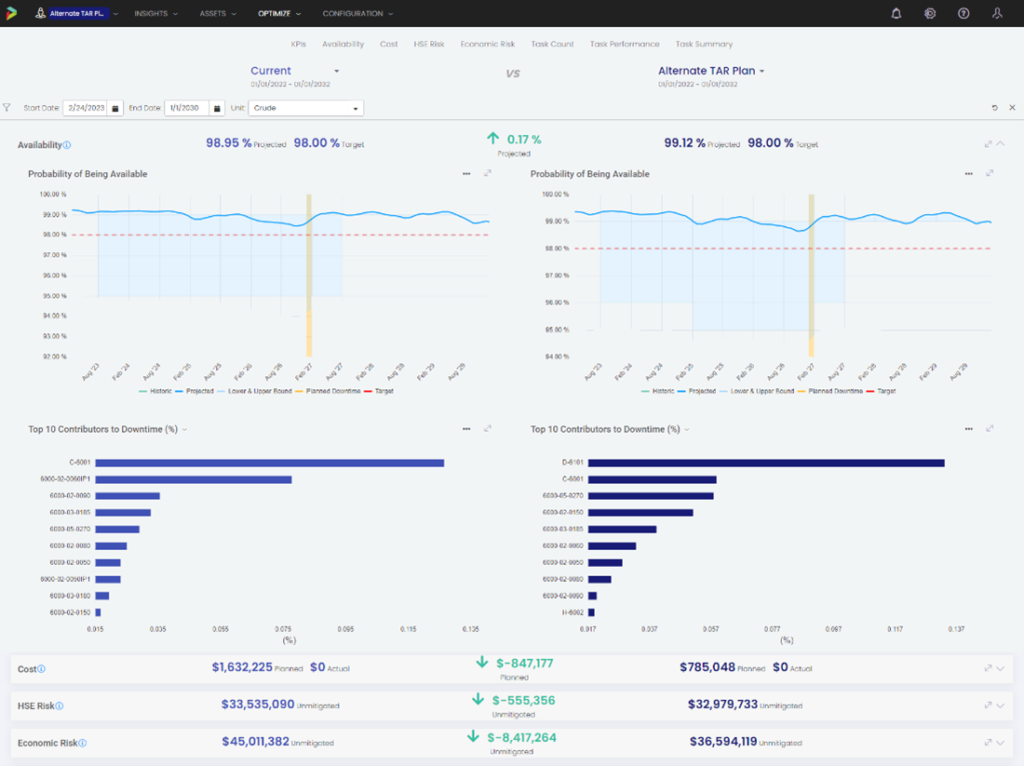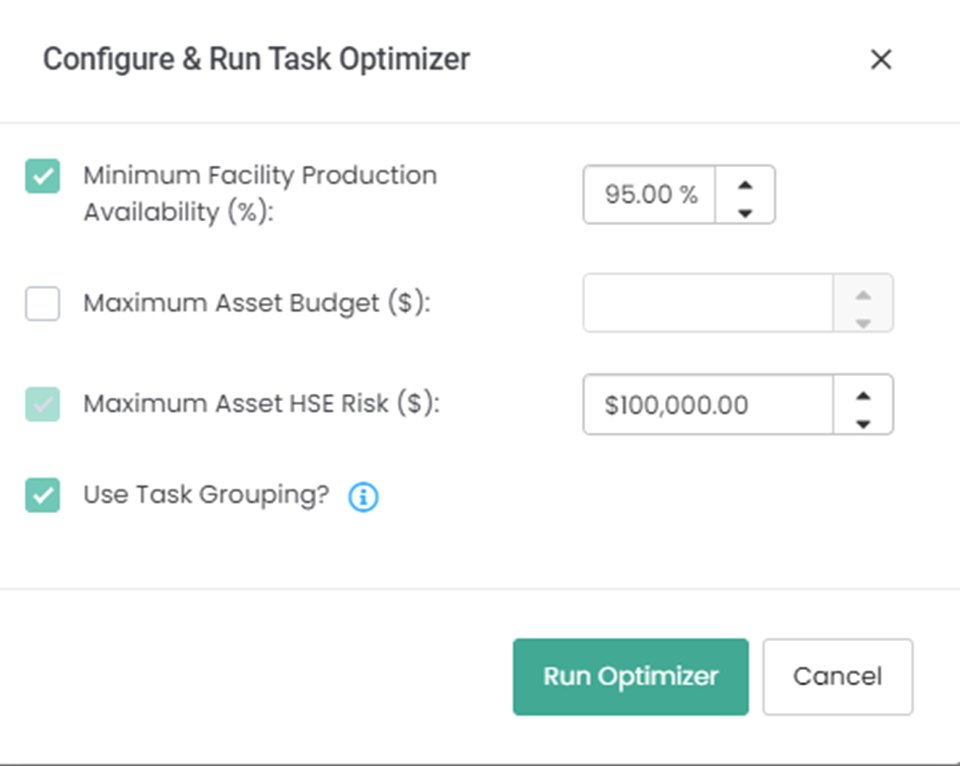What is turnaround/shutdown planning?
Turnarounds and planned shutdowns are critical periods for refineries and other process plants as they provide an opportunity to perform major maintenance, inspections, and upgrades necessary to ensure safe, reliable, and efficient operations. However, turnarounds and shutdowns can be complex, time-consuming, and expensive, and any delays or cost overruns can have significant consequences for the facility and its stakeholders.
One of the challenges associated with turnarounds and shutdowns is the need to coordinate and manage multiple teams, each with different tasks and responsibilities, to complete the work within the scheduled timeframe. This can be particularly challenging for large facilities with complex operations and multiple production units. It can also be difficult to balance the competing demands of maintenance, inspection, and upgrade work with the need to get the plant back up and running as quickly as possible.
The cost of turnarounds and shutdowns can also be significant, as they require significant resources and often involve contracting with third-party vendors and suppliers. In addition, unexpected issues or complications during the turnaround process can lead to cost overruns and delays, which can further increase the financial burden on the facility.
To address these challenges, refineries and process plants can use various strategies, such as implementing efficient planning and scheduling processes, leveraging data and analytics to identify potential issues before they arise, and investing in technology and automation to improve efficiency and reduce costs. Effective communication and collaboration between all teams involved in the turnaround process are also critical to ensuring a successful outcome.
Why conduct turnaround/shutdown planning in Newton™?
Conducting turnaround planning in Newton™ with quantitative methodology and recommendations provides several benefits, including the following:
- Faster than traditional methods of turnaround planning
- Reduced cost from eliminated unnecessary turnaround scope
- Quantitative turnaround optimization results in a more accurate scope of work
- Improved performance between turnarounds because the right assets are targeted during the turnaround. Read more in Moving from Reactive to Proactive Strategies



How does Newton™ improve turnaround/shutdown planning?
When conducting turnarounds or shutdowns, it makes sense to complete maintenance and repairs on a group of assets, thus eliminating outages outside of these synchronized maintenance windows. This sounds simple, but how do you know how often these turnarounds or shutdowns should occur, and what equipment should be included? These are very difficult questions to answer, and industrial facilities have entire groups dedicated to turnaround planning and optimization.
Using Newton™, a quantitative reliability software, leverages data, subject matter expertise (SME), and simulation to improve turnaround and shutdown planning. The initial step of the analysis involves establishing the asset register and developing a facility model to estimate the potential production losses that may arise due to equipment breakdown. To accomplish this, Newton employs asset risk analysis, covering both fixed and rotating equipment, and guides the user through the process of modeling each asset’s functionality, components, failure modes, and mechanisms. Using information from Computerized Maintenance Management Systems (CMMS), Inspection Data Management Systems (IDMS), process historians, and production loss tracking, Newton quantifies the failure modes, the probability of failure, and associated consequences into statistical distributions. This analysis is then combined with SME recommendations and simulation to predict failure dates. Once we understand the likely failure windows, turnaround optimization in Newton can be completed.
As part of this analysis, Newton combines predicted failure dates, risk tolerance thresholds, equipment redundancy, and future turnaround dates to create an optimized turnaround plan. This plan provides a more accurate scope of work, including the assets and tasks that should be prioritized in the next turnaround. With this plan, facilities can optimize the effort they need to spend on planning future turnarounds, ultimately reducing costs and improving production.
Stay in the know.
Providing data-driven insights, perspectives, and industrial inspiration from the forefront of the reliability transformation.